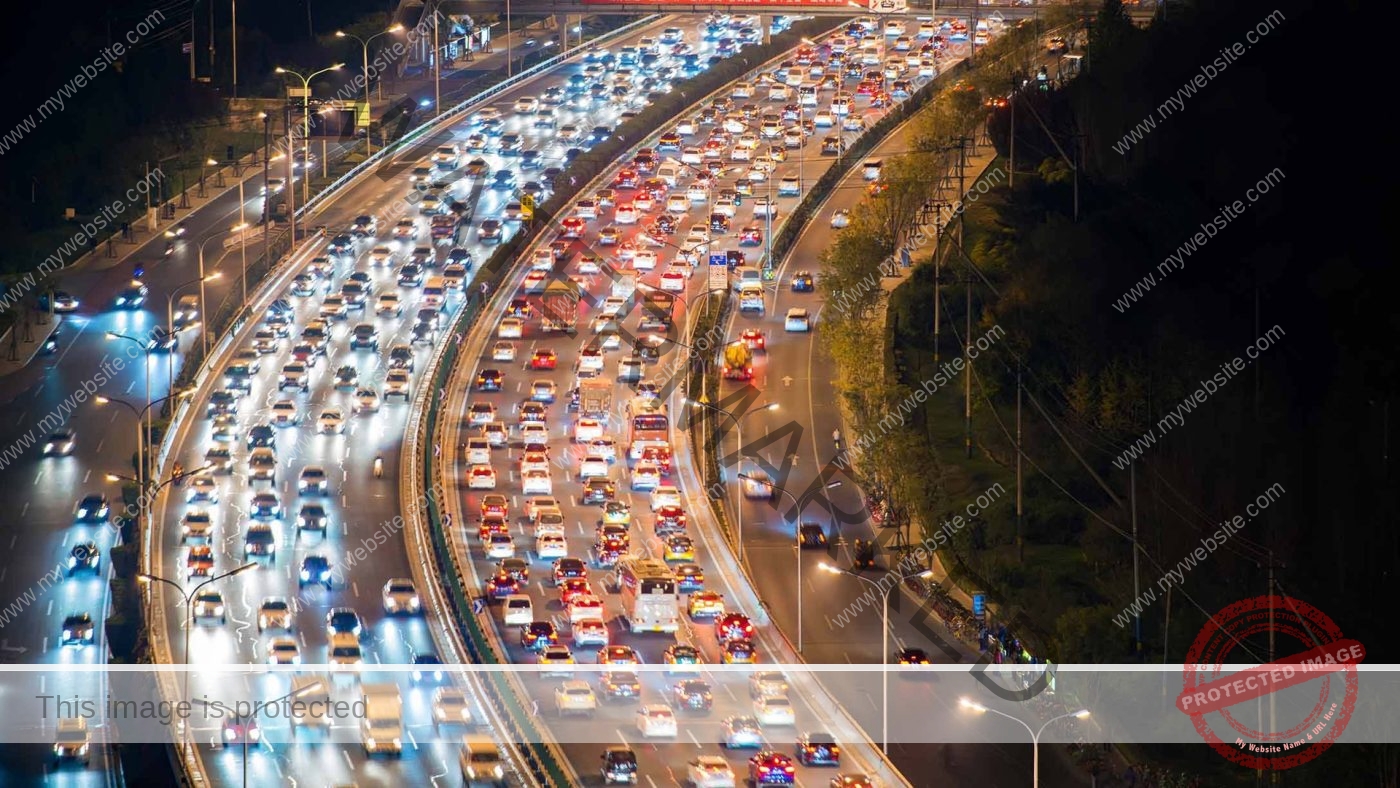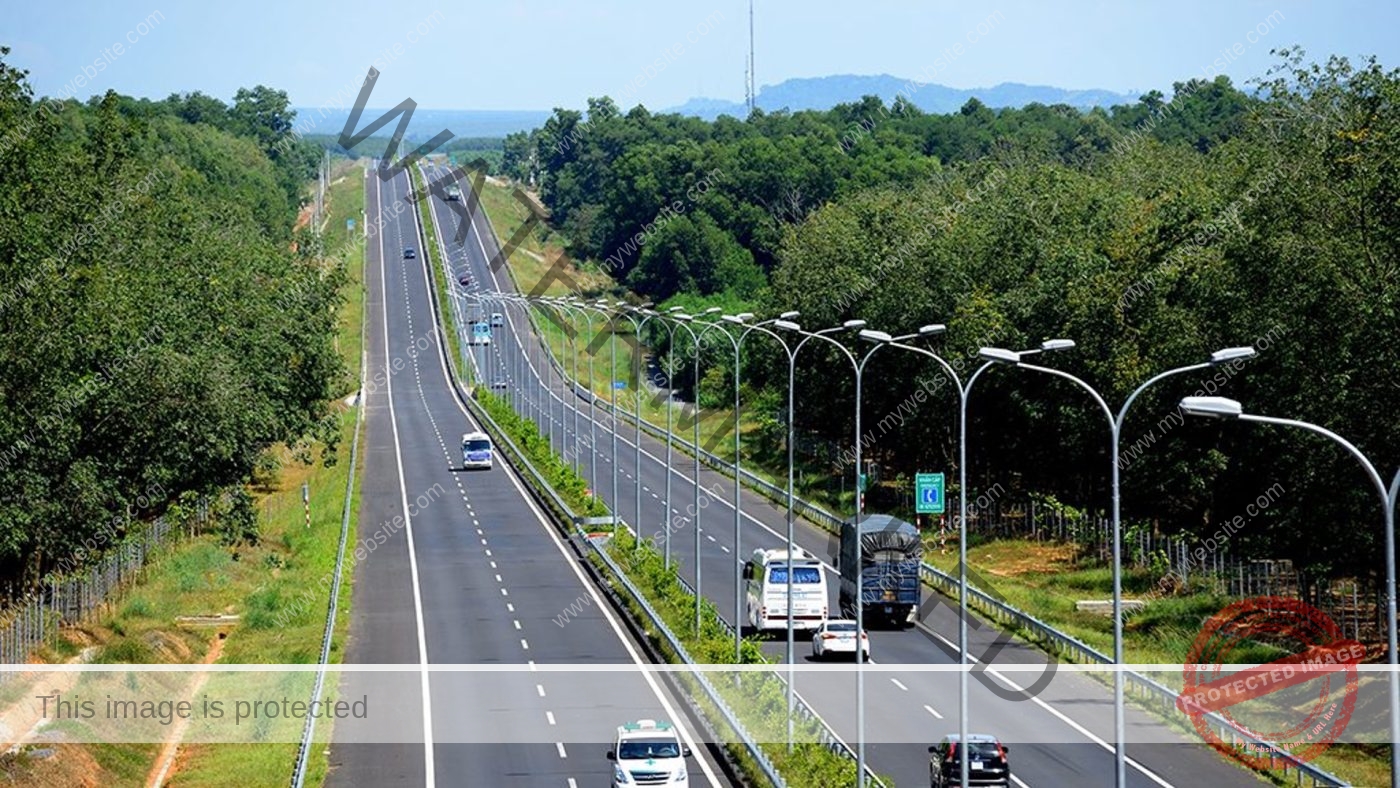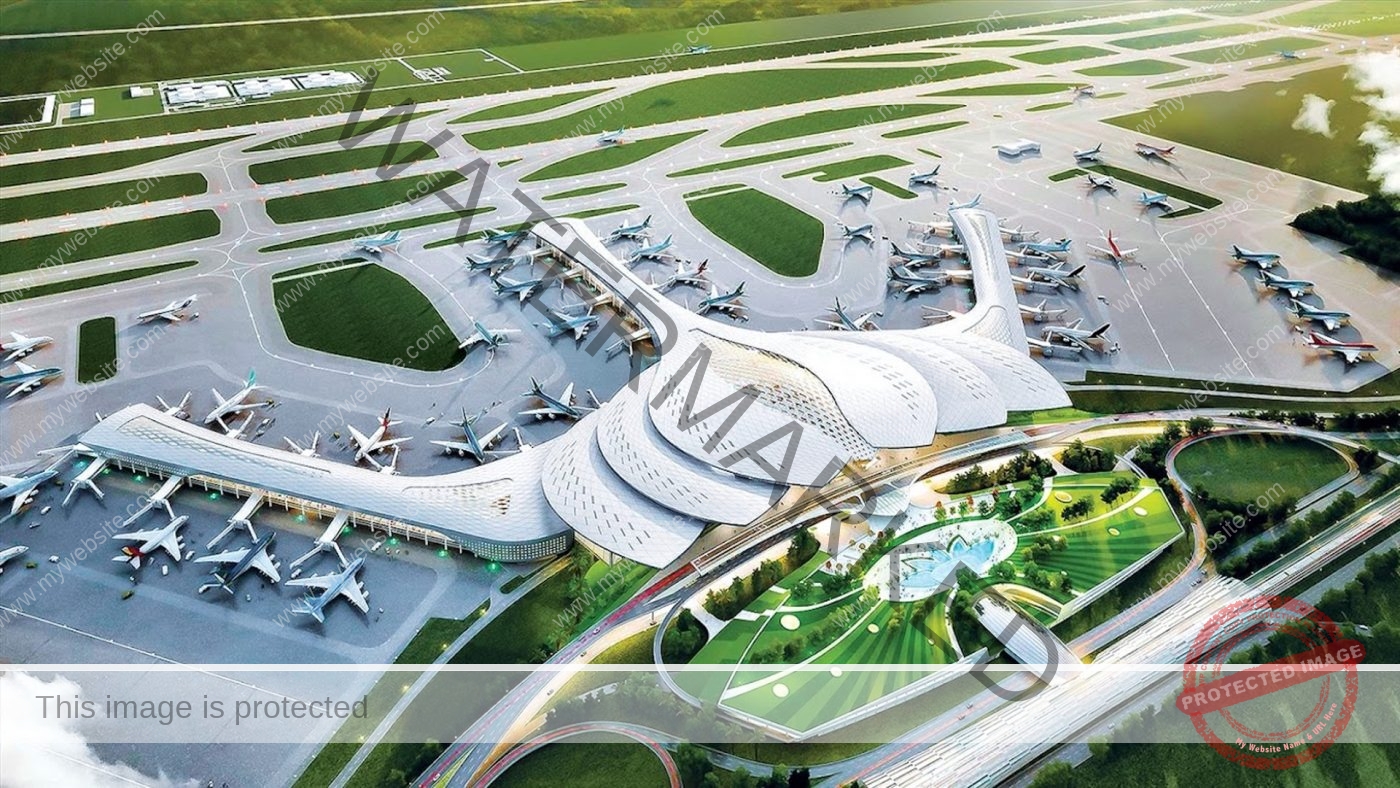Long Thành International Airport, one of Vietnam’s most significant transportation infrastructure projects, is being constructed in Long Thành District, Dong Nai Province, approximately 40 km east of Ho Chi Minh City (HCMC). The airport is expected to complete its first phase by 2025, with a capacity to serve about 25 million passengers annually and handle 1.2 million tons of cargo. Following the first phase, the airport will continue to expand in subsequent stages, aiming for full completion around 2040, with a maximum capacity of approximately 100 million passengers per year and the ability to transport 5 million tons of cargo.
Upon completion, the airport will be one of the largest and most modern aviation hubs in Southeast Asia, with the potential to become a major transit center, competing with leading regional airports such as Changi (Singapore), Kuala Lumpur (Malaysia), and Suvarnabhumi (Thailand). This is not only a project of national significance but also one that will have a profound impact on the economic and tourism development of HCMC and Southeastern Viet Nam.

Enhancing international accessibility and connectivity
Long Thành Airport will become a major international aviation hub, directly connecting Viet Nam with numerous countries around the world. This will help alleviate the pressure on Tan Son Nhat Airport and attract international tourists to HCMC and Southeastern Viet Nam more easily, thanks to the availability of additional direct flights from major countries.

Promoting tourism infrastructure development
The construction of Long Thành Airport will drive the synchronized development of transportation and tourism infrastructure in HCMC and Southeastern Viet Nam. With transportation links such as highways, railways, and bus systems connecting the airport to HCMC, Dong Nai, Tay Ninh, Binh Duong and Ba Ria – Vung Tau, tourists can easily travel between destinations. This will boost the number of visitors to famous tourist attractions such as HCMC (MICE tourism, culture, cuisine, and entertainment), Binh Duong (craft village and historical site tourism), Vung Tau (beach and resort tourism), Tay Ninh (spiritual tourism), and Dong Nai (ecotourism)

Stimulating investment in the tourism sector and other economic sectors
The presence of a major international airport will attract both domestic and international investors to invest in tourist areas, resorts, restaurants, hotels, and related services. This will not only enhance tourism infrastructure but also drive the development of related economic sectors such as tourism real estate, trade, and services. Neighboring regions, especially Dong Nai Province, will draw additional investments, further boosting economic growth.

These factors make Long Thanh Airport not only a major aviation hub but also a symbol of Viet Nam’s modern development and integration. In the near future, Long Thanh Airport will play a crucial role in driving MICE tourism in HCMC and Southeastern Viet Nam, facilitating the organization of international events and enhancing the experience for attendees. As a professional DMC in HCMC, Exotic Vietnam is a reliable partner in destination consulting, event planning, negotiating and connecting with service providers from transportation and accommodation to dining and sightseeing, to create exceptional experiences for clients. Contact us for your upcoming MICE events at www.exotic.vn.

